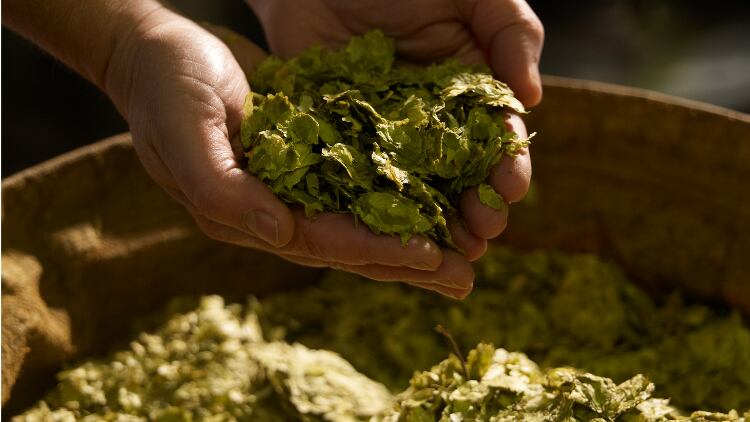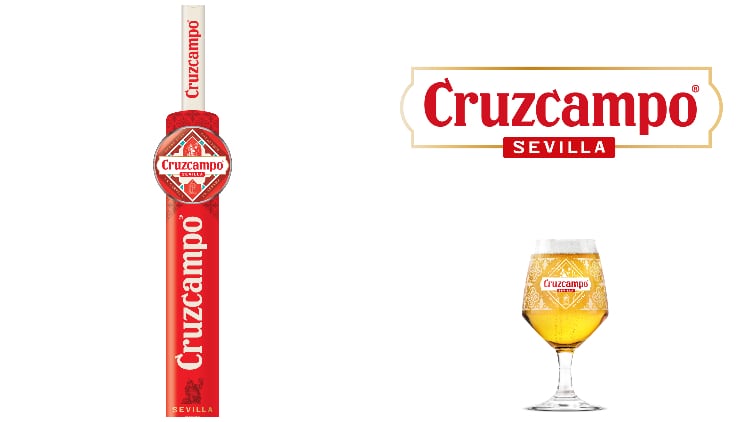Some 38 UK breweries became insolvent in 2022, up from nine in 2021, according to data obtained by accountancy firm Price Bailey from the Insolvency Service.
The figure meant 2022 was the worst year on record for breweries going under while data from National Statistics showed there were 95 fewer breweries in the UK by the end of 2022, dropping from 1,545 to 1,450 – believed to be a record fall.
Price Bailey says independent brewers are being squeezed by a convergence of factors, including rising material, labour and energy costs combined with falling sales as consumers switch to cheaper, multinational brands.
Economies of scale
Craft breweries produce beer in small batches and are less able to benefit from economies of scale of larger brewers, leaving them disproportionately exposed to demand and supply side headwinds in the economy.
Kelham Island, based in Sheffield; Fallen Brewing, in Sterling; The Wild Beer Co, based in Somerset; and Manchester-based Beatnikz Republic are just some of the independent brewers that closed in 2022.
Price Bailey head of insolvency and recovery Matt Howard said: “The growth in brewery start-ups has slowed in recent years and we are now starting to see a significant number of business failures as the market becomes increasingly saturated and brewers face stronger economic headwinds.
“Soaring inflation is leaving consumers with less money to spend on premium products. This is reflected in the shelf space retailers allocate for craft beers. As consumers trade down to cheaper global brands, supermarkets reduce space for craft beers that leaves some products with very little market exposure.”
Tighter margins
Howard continued: “While many multinational brewers have seen profits surge over the past year, smaller independent brewers generally operate on much tighter margins with minimal exposure to foreign markets. They produce smaller batches of beer and cannot leverage economies of scale to offset inflationary pressures.”
However, The Society of Independent Brewers (SIBA) heads of comms Neil Walker said: “Independent breweries have seen raw material, utility and energy costs rise across the board and without the economies of scale of the global companies, many businesses have found it incredibly difficult to remain profitable.
“For many breweries, the combined financial burden has proved too much and we have seen a number of closures over the past 12 months.
“There are signs of recovery for the industry, however, with new figures due to be released by SIBA later this week covering the first quarter of 2023, which show net brewery numbers in some regions of the UK now in growth and overall numbers relatively stable.”




